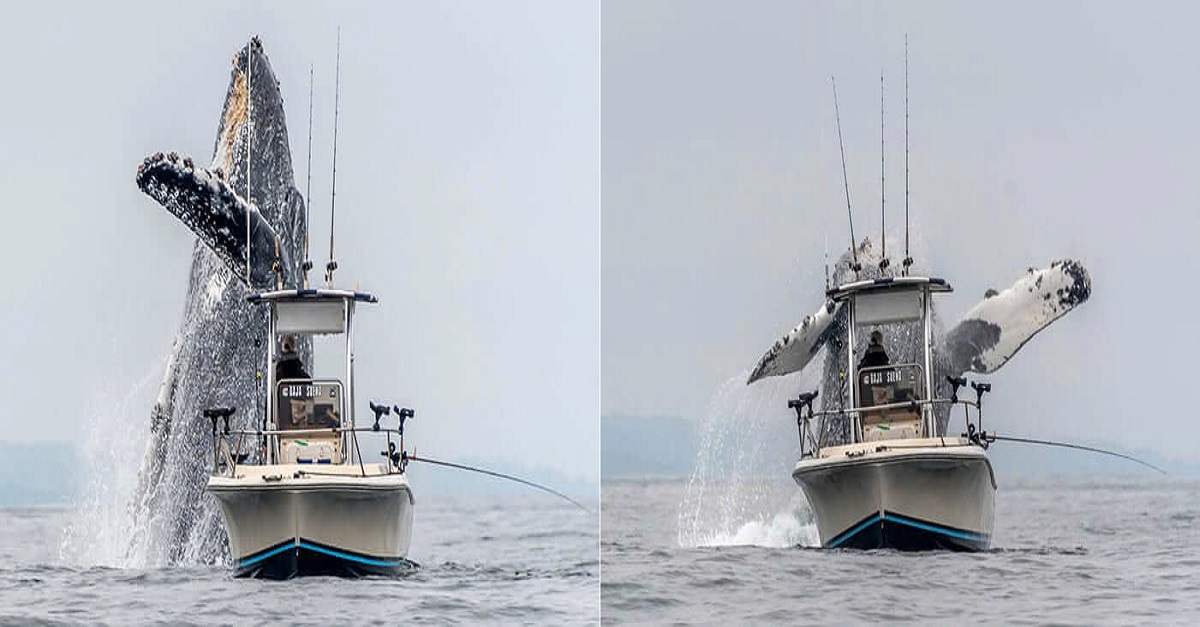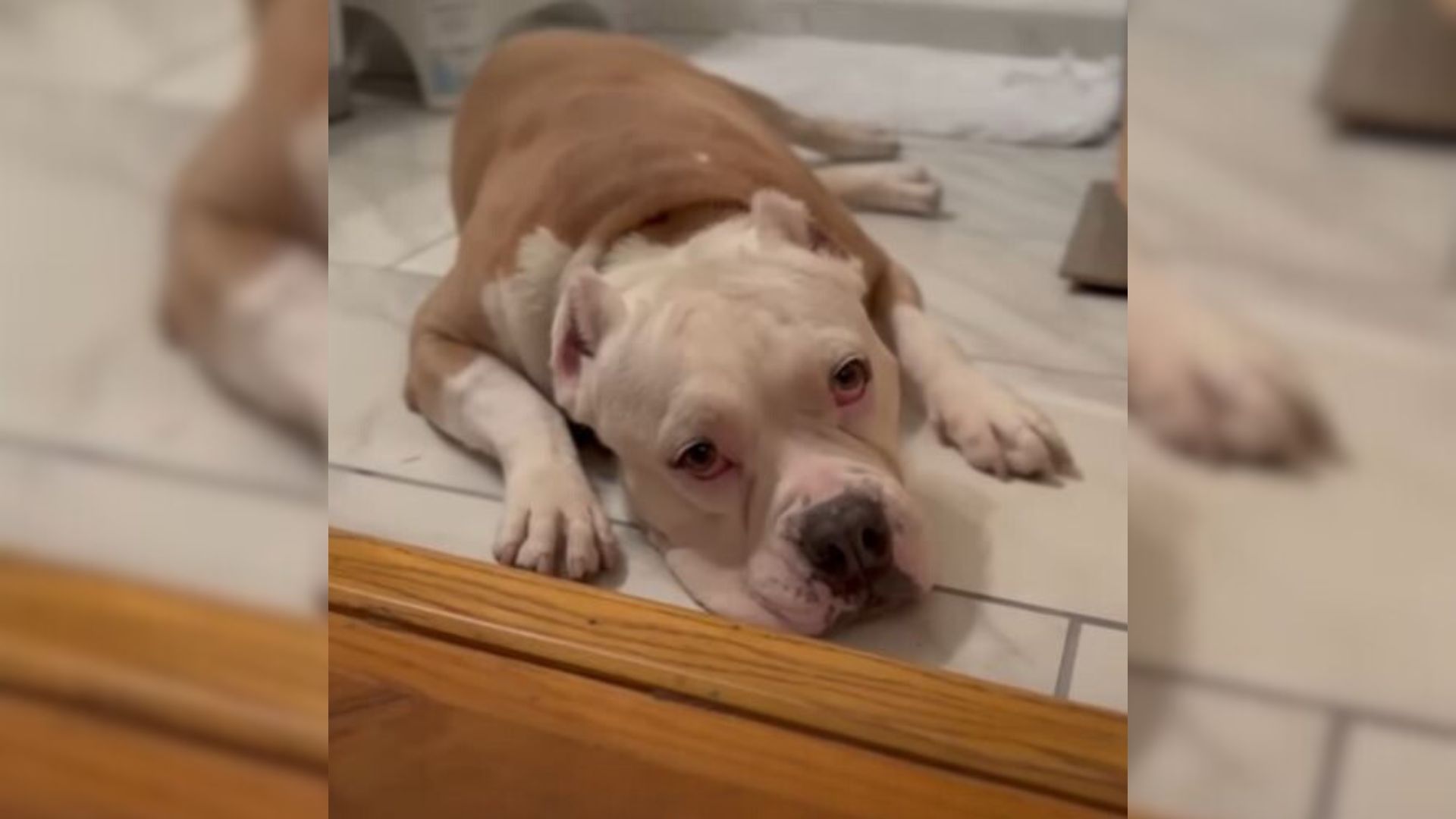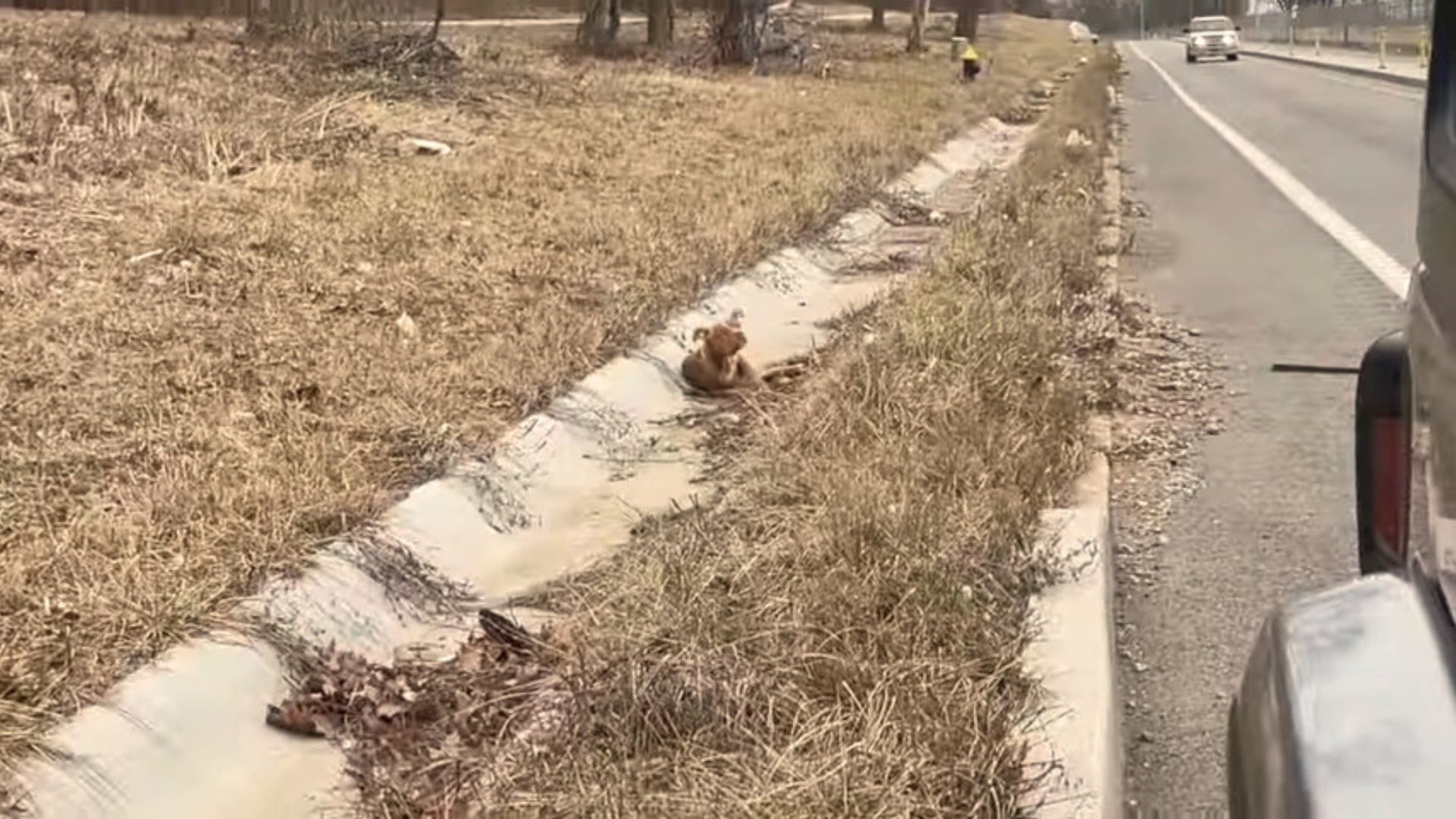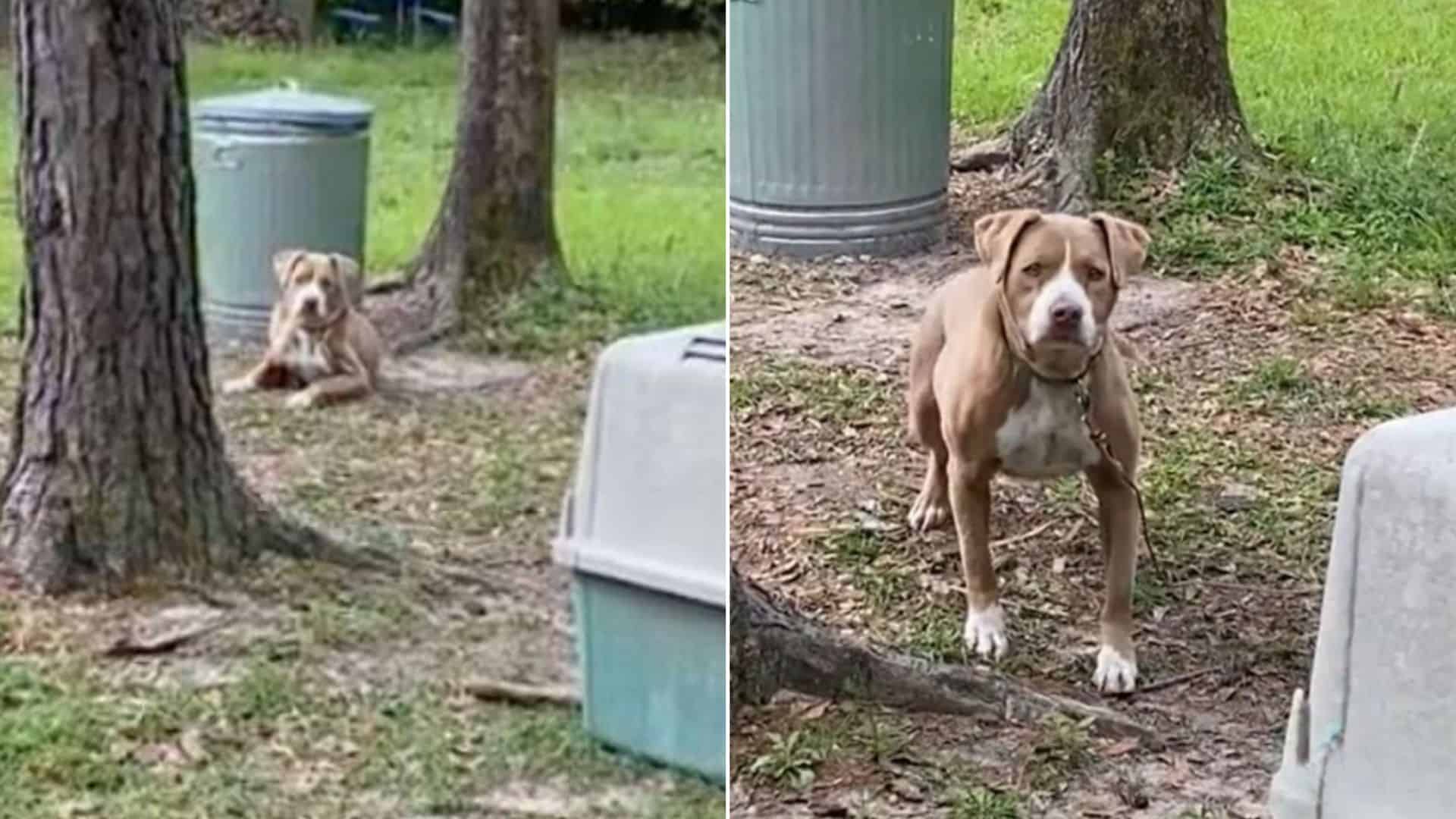Some dogs love cold mountain weather and are naturally adapted to it, but even then, that environment can cause problems for them if they are not prepared for it.
Sometimes, their life around the house can degrade their resistance to these external factors and make them less prepared for nature, especially if they are not walked around and fed correctly.
It is very important that we take care of our dogs because otherwise, the same thing that happened to the dog in this story can happen to them.
Dog Found In Danger On Colorado’s Mount Hope
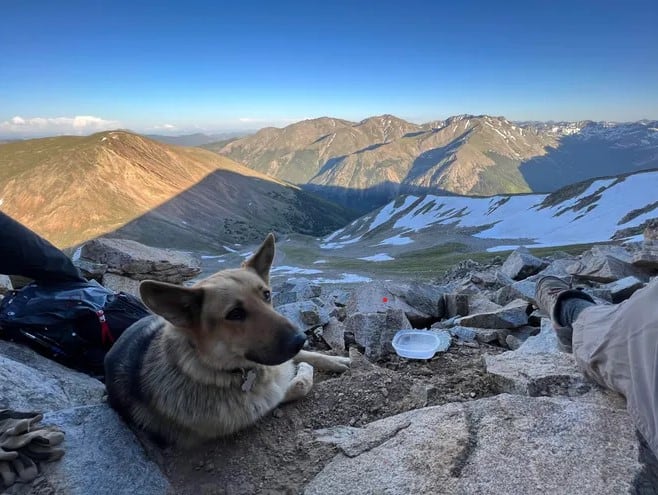
On Thursday, July 6, the Chaffee County Search and Rescue North (CCSAR-N), a group of volunteers that seek to assist persons who find themselves in bad circumstances, located a dog on the top of Mt. Hope, in Colorado.
CCSAR-N stated on social media that at around 2:15 p.m., they were “alerted to a dog in distress” at a height of about 13,600 feet, close to the summit of Mt. Hope.
German Shepherd Immobilized On Mt. Hope Summit
The 100-pound German Shepherd, Bailey, had ascended the peak earlier in the day with his owner, but was now “immobile and unable to continue”.
His owner opted to descend alone for his own safety and well-being after a few hours of attempting to encourage him. He was incapable of dragging Bailey down with him.
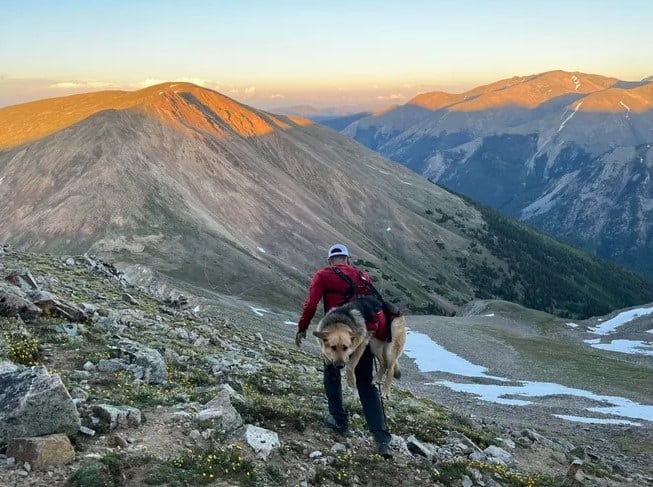
The CCSAR-N team members were able to pinpoint Bailey’s general location using the coordinates from a cellphone ping. At the Sheep Gulch trailhead, two groups of eight people each set out on a seven-mile ascent of Mt. Hope’s east ridge.
Bailey And Owner Successfully Reunited
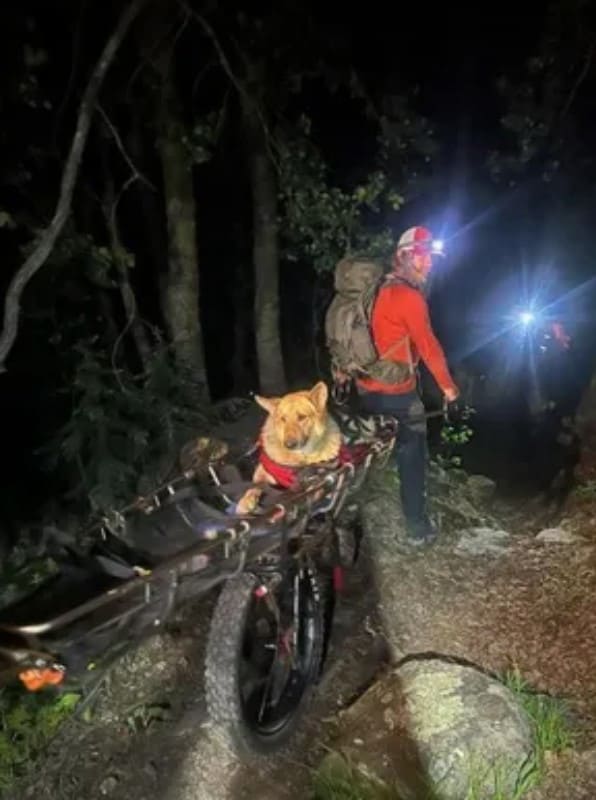
When they found Bailey, he gave them thankful wags as a greeting. In a dog-sling backpack, the volunteers then carried the dog down, according to CCSAR-N. Later, they were met by another squad, which helped bring him down by carrying litter.
Nearly 12 hours after reaching the summit, Bailey descended and met up with his owner. The dog was really terrified, but fortunately, they arrived and saved him.
The dog is “doing well and will receive a full vet check as soon as possible,” CCSAR-N posted on social media.

To prevent such situations, CCSAR-N advised pet owners to thoughtfully plan for their animal’s requirements. Although SAR does not formally respond for animals, the group said, “And, we are all formally huge animal lovers, so we do what we can when we can.”
A CCSAR-N team member pushes Bailey down Mount Hope in a wheelchair.
In the end, the most important thing is that the dog was safely returned to the owner, thanks to the team that did an excellent job. Bailey has proven to be a very brave dog who didn’t give up, but waited for people to come and rescue him.
Tips For Your Dog For Mountain Climbing
For your dog to enjoy climbing mountains safely, there are some things you need to know. Mountain climbing can be physically taxing and difficult, so it’s important to take your dog’s fitness level and capabilities into consideration before going on the adventure.
- For your upcoming hike, make sure you’re both in good shape. It’s probably not a good idea to start the season with a 10-mile, uphill climb.
- While your dog will follow you wherever you go, they are unable to communicate their needs, such as growing fatigued or having painful paws. To help your friend become ready for more demanding activities, start with shorter treks.
- Additionally, your dog’s performance on the trail is greatly influenced by hydration. Bring water and a travel bowl for your dog for short day treks (between one and four hours).
- Use a lightweight bowl that can be used for both food and water on multi-day travels where the weight of the goods packed is an important consideration. Don’t wait for your dog to indicate that he is thirsty because he never will; instead, stop often so he can drink.
- Paw protection is essential for dogs that like to run, dig, or stray from the path. A pair of well-made booties can shield your dog from ice in the winter, as well as from ripped pads, broken nails, burrs, and thorns.
- Make sure to condition your dog’s paws with a dog paw balm before and after a hike if they don’t handle booties well. This can assist with their pads’ skin getting stronger.
- You should always have a dog first-aid kit on hand and be familiar with all of the items in it. If you need any assistance, your vet can offer some helpful first-aid advice. Additionally, you ought to prepare a strategy for carrying your injured dog outside.
On difficult excursions, just as you might bring a last-minute dinner and camping supplies for yourself, you should also bring some food and any essential medication for your dog. Upon returning home, you should also inspect your dog for fleas and ticks.




